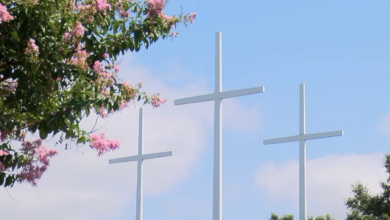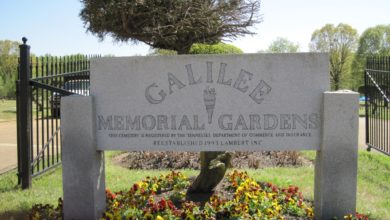Waiting for messiahs amid prayers, neon lights at Iranian mosque

By Jaime León
Qom, Iran, Oct 25 (EFE).- All mosques serve as a meeting point with God but at the Jamkaran mosque in the holy city of Qom in Iran, pilgrims and worshipers also gather to find closeness with the Mahdi, the final imam in the Shia belief and the redeemer of Islam.
The sprawling mosque complex on the outskirts of the city, located to the south of Tehran, is imposing with its large turquoise domes and tiled minarets. At night, it is illuminated by green neon lighting, which is typical of large mosques in Iran.
Thousands of Shia pilgrims flock to the mosque each year to deliver their wishes to the Mahdi, who they believe appeared at the site of the mosque in the year 984.
Adherents of the Shia faith, a minority in Islam globally but the dominant branch in Iran, regard Muhammad ibn al-Hasan al-Mahdi, who they believe is the Mahdi, to be the last of the 12 imams and the eventual redeemer of Islam who will return to the world with Isa (Jesus Christ) to bring peace.
“Imam Zaman (as the Mahdi is also known) came here one Tuesday and ordered the mosque to be built,” cleric Yassine Hossein Abadi, who is in charge of the mosque’s cultural affairs, told Efe.
Every Tuesday, thousands of Shia pilgrims, sometimes as many as 200,000 according to Hossein Abadi, gather at the Jamkaran mosque for mass prayers, picnics or to stroll amid a festive atmosphere.
One such pilgrim is Mohamed Alizade, who comes to the mosque twice a year from his home city of Kashan, about an hour from Qom.
“Coming here is like when you go to someone’s house, it is different from just sending a message. This is the house of the Mahdi,” he told Efe, visibly tearing up with emotion.
One of the rituals for pilgrims is to write their wishes down on a note and cast it into a well at the mosque.
“I had a problem, I asked the iman for a solution and he resolved it,” said Monire Cheraghbeigui, a pilgrim who was visiting the mosque.
The popularity of the mosque grew at the end of the 20th and beginning of the 21st century. Former president Mahmoud Ahmadinejad was one of its benefactors, and donated millions toward its expansion.
Following the Islamic Revolution in 1979, Ayatollah Ruhollah Khomeini, who would become the supreme leader of Iran, spent time in the holy city.
Iranian-American writer Hooman Majd believes that sites like Jamkaran also serve as a place of hope for Iranians during a time of economic crisis amid United States sanctions. EFE
ar-jlr/jt/ch





